My wife, son, and I recently returned from a 3 week trip to Italy and France and we are continuing to digest the experience. International travel can shift one’s perspective and I no longer see myself or the familiar surroundings of home quite the same. It is much harder to articulate exactly what this shift consists of.
In Italy we first visited Venice and Bologna, then rented a car and explored the Umbrian towns of Perugia, Spello, Assisi, and Bevagna.
In Venice there must have been 20,000 people in St. Mark’s square on a rainy day! We were there right before Pascua and that is probably why there were so many Italian tourists in Venice. Here is a detail from Venice’s Church of the Maddalena (Magdaline).

The most notable feature is the portal, with masonic symbols over the door (probably connected to the Balbo’s membership in the Knights Templar). The interior has hexagonal plan with four side chapels and a presbytery. Source
Sapientia Aedificavit Sibi Domum is Latin for “Wisdom Has Built Her House.” So much praise for Mary Magdalene. This inscription suggests to me that she was the mother of the bloodline of Jesus rather than the prostitute the church fathers have traditionally made her out to be.
I analyzed the symbols over the door in AutoCAD and amazingly, the area of the triangle precisely equals the area of the circle. So instead of squaring the circle here we see an example of triangulating the circle.
Here is a astronomical clock in Piazza San Marco. There is another 24 hour clock on the other side of the Rialto bridge. See my Volume 2 film for deep connections to the 24 hour day. The Venetians must have understood that the position of the Sun signals more than the time of day. The Earth rotates through the changing influences of the zodiac and don’t forget the Moon’s position in the cycle is noted in the center. Interesting also that the singular massive billboard at the other end of the piazza is for a IWC Schaffhausen watch with a perpetual calendar that also tracks the lunar cycle.

Saturn is the god of time and the masks of Venice’s Saturnalia are world famous. Here I am trying on a Plague Doctor’s mask.

After spending a few days in the lovely medieval village of Bevagna, we drove through the countryside exploring Umbria and spent the night in Orvieto. Here is Orvieto’s most impressive Facade of God.

Northern Italy was to me surprisingly lush and densely populated. Italy has about twice as many people as live in all of the vastness of Canada!
I was amazed to see immense fields of solar panels along the highway. We saw this again in France along with large wind turbines.
We dropped off the car in Orvietto and took the high speed train to Rome. Traveling by train is fantastic, especially since so many high speed rail lines have gone in. Trains are much easier than flying and way more convenient. The train drops you off in the city center so you can sometimes walk to your destination whereas the airport must be placed a great distance away, usually necessitating a long taxi or bus ride. There is no security at train stations so the hassle factor is greatly reduced.
Rome was very crowded but I’m told it had nothing like the number of people present a few weeks earlier when the new Pope was selected. Here I am in front of St. Peter’s, standing on the Western wind rose marker. Papa Francesco didn’t come out to meet me.

In the porch of the Pantheon I saw this interesting symbol suggesting masonry or sacred geometry.

We flew from Rome to Marseilles, leaving behind the land of delicious pasta and pizza. In France we explored many medieval villages including Lourmarin, Bonnieux, Lacoste, Roussilon, Saignon, Apt, Rustrel, Goult, Menerbes, Senanque, Isle sur la Sorgue, Viens, Buoux, Simiane la Rotonde, and many other villages I forget the name of in the quiet and sparsely populated Luberon. We then drove west and stayed in the more populated Saint Remy de Provence, and explored Eygalieres, Uzes, the Pont du Gard, and Avignon. We took the TGV from Avignon to Paris and stayed in the City of Light for 5 days before returning to quiet Cortes Island, British Columbia, Canada where I live.
After reviewing the close to 3000 pictures we took on our trusty Canon point-and-shoot, I feel that digital photos don’t express emotional content very well. I have pioneered a technique that I discussed in one of my Photoshop User magazine articles (Sept 2012 issue) for turning photos into vibrant paintings. These digital “paintings” seem to me to be more emotive and alive as compared to photos.

The above image is of Glanum, the ruins of a Roman village near Saint Remy de Provence. The central part of the Roman town wasn’t discovered when Van Gogh painted these olive trees on site in 1889. The field where the olive trees were was excavated in 1921 and a forgotten town from 2000 years ago was rediscovered.

Olive Trees with the Alpilles in the Background by Van Gogh
Roman ruins are impressive. Stone is so permanent. Even today, most everything in Italy and France is made of stone or brick. I can’t emphasize enough how significant this is.

Gordes in the Vaucluse
Stone buildings with slate or tiled roofs last for hundreds if not thousands of years. Consequently the impression I get is that almost all of the housing is already existing. Therefore most of the construction effort in the built environment lays in restoration and renovation. Interiors can be redone and one can have a sleek modern interior inside a medieval stone shell. So people are largely freed up from having to each build their own house every generation like we seem to do in North America. Europeans seem to stay put also and live in the same place most of their lives, or at least that’s my impression. I have lived in almost 2 dozen houses in my life so far.
In Italy and France I had a palpable sense of permanence, continuity with the past, and how everything is already worked out by one’s forebears. This is a beautiful thing.
It was hard to find anything but Italian food in Italy and French food in France outside larger cities. I love both of these cuisines but after a while I was craving Indian, Thai, Japanese, Mexican, Vegan-Raw-Organic, just to name a few. Then it dawned on me that North America is a mashup, a hodgepodge, a mixed bag of many influences. Nothing is very permanent in the US and Canada. We seemingly have many more options but freedom can also be paralyzing. Without a traditional culture’s wisdom to follow, many are lost. But in that chaos there is also opportunity.
We had one of our most memorable dinners in Bonnieux, a village in the Luberon which was once a Templar stronghold. The L’Arome restaurant building dates from the 13th century, around the time the Templars discovered the Americas.

Adjacent to the restaurant is a bar with an highly interesting name. Google tells me le Terrail is the name of the marquisate that Bonnieux probably belonged to long ago.

The fact that the bar’s name is “33” is something that I took as a confirmation that I was recognizing another secret in plain sight. Why 33? It is a harmonic of the universe. Do the bar owners know this? Are the owners part of some kind of vast conspiracy going back at least to the Templars? ????
It wasn’t open and I don’t speak French well enough to ask for anything more than a pain au chocolat anyway. And even then people don’t understand me. I have found the words “chocolate croissant” work much more effectively in France as you have to hit the French accent perfectly in order to be understood at all. My wife lived in France for a year and became fluent but still gets this treatment occasionally.
Incidentally Bonnieux’s neighboring village of Lacoste was the domain of the Marquis de Sade, and his chateau has fallen into as much ruin as his “sadistic” reputation. Lacoste is now primarily owned by French fashion designer Pierre Cardin, no connection to the fashion label Lacoste which was named after a French tennis player who invented the tennis or “polo” shirt. Here is the memorial to the Marquis de Sade next to his dungeons in Lacoste.

We went to the Abbaye Notre-Dame de Sénanque, a 12th century Cistercian monastery. On the tour of the abbey I was impressed by how beautiful the simple stonework is and how monks have lived in silence there for 850 years and amazingly a few still do.

We attended Vespers and were delighted to hear the monks sing gregorian chant, one of the only exceptions allowed in their vows of silence. Chanting really sacralizes the space and makes you feel the architecture and devotion to God like nothing else.
On a guided tour of monastery I came across this measuring instrument that reveals the units the Cistercians were using before the metric system. It says Coudée 52.36, Pied 32.36, Empan 20?, ?lme 12.56 [a 3 is written over the 5 as a correction so maybe this is supposed to be 12.36], and Paume 7.64. Is this the key to medieval measure? This will require further analysis.

To North American eyes, the cars in Europe are beyond tiny. In Bologna where we were staying with friends we crammed 5 people into a 1980’s Fiat 127, no problem other than the loading and unloading process which is similar to how it was in my well loved 1967 VW Beetle. Their Fiat has a 900cc engine, smaller than most larger motorcycle engines. But that’s nothing…they have 50cc cars in Italy! Yes you read that right, cars with tiny motorscooter engines are popular because they are exempt from requiring a license to drive (apparently this is a controversial law in Italy). Here is a 50cc car.

In France I saw Smart cars parked 90 degrees to how cars parallel park along the road; they just back into the curb and you 2 smart cars can fit in 1 normal parking space. Three wheeled motorscooters were popular in Paris having 2 front wheels in some kind of complicated steering linkage such that the scooter consequently doesn’t need a kickstand and presumably has better traction.
Everything in Europe is compact and efficient. For example, the roads in the Luberon are very narrow. What I would clearly call one single lane hosts 2-way traffic which can be nerve wracking.

The Luberon has 2nd gear and sometimes 3rd gear roads meaning they twist and they turn all the time. Everyone there seems to be part-time Formula 1 drivers and they push their cars to the limit. On Sundays dozens of motorcyclists show up racing their bikes for the pleasure of it.
The roads form a sort of neural network between villages so that every village is connected to all those villages surrounding them without having arterials nor freeways.
I really enjoyed feeling the connection with history and those who have come before. This is something that we have very little of in North America. It gives one perspective to consider the past.

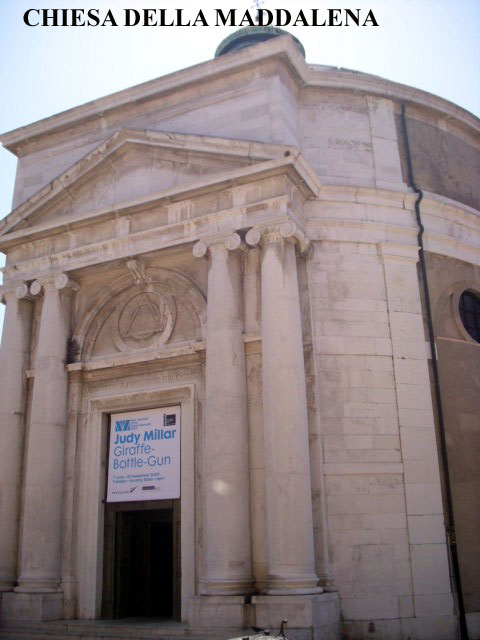



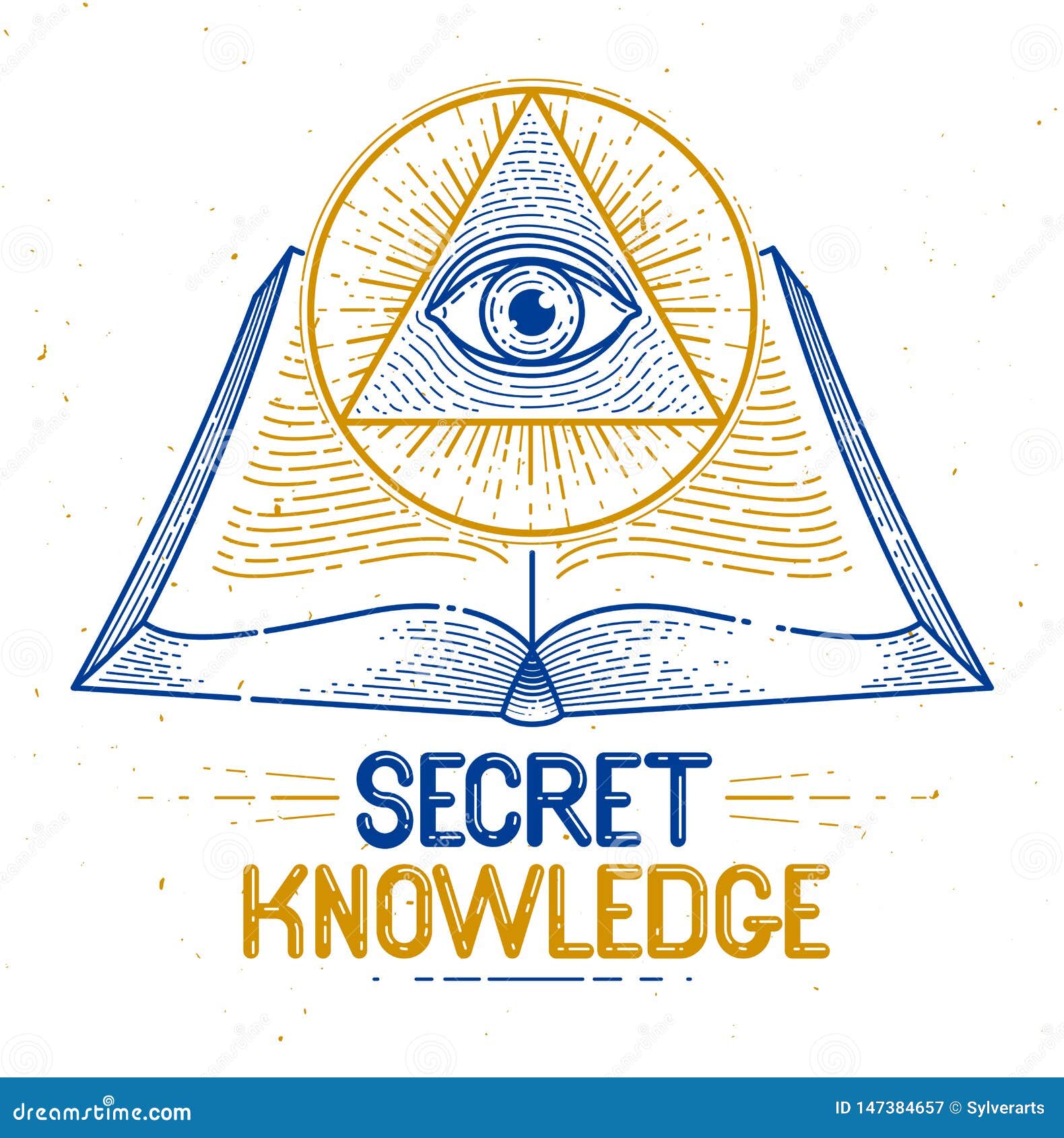
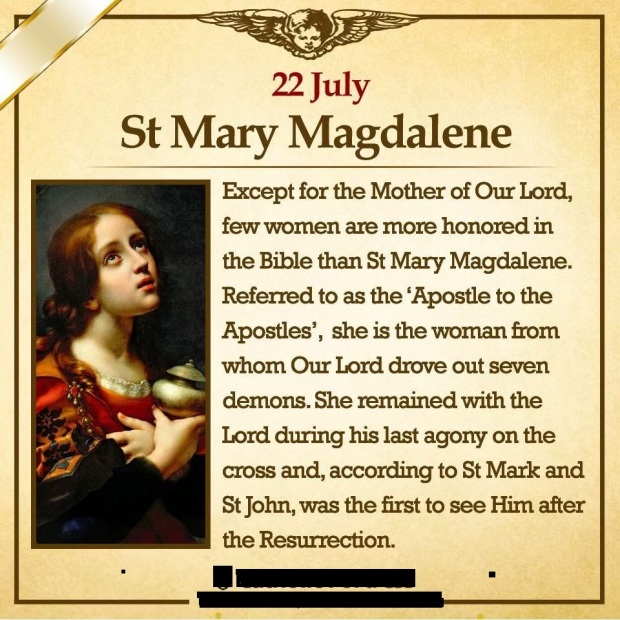
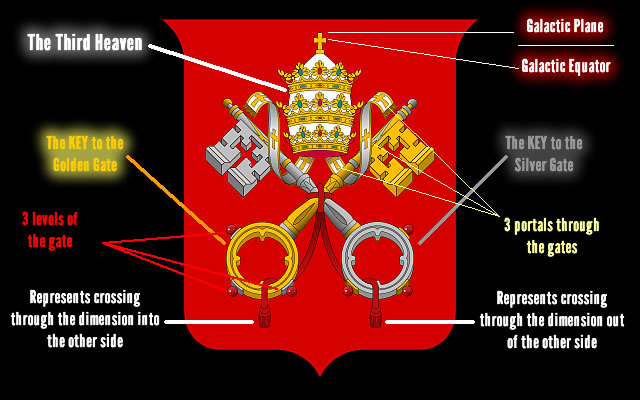

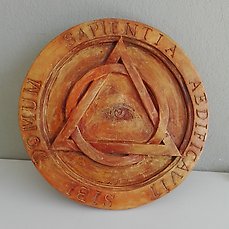

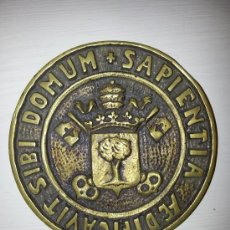
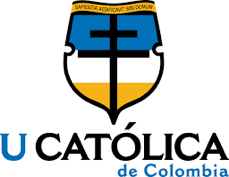


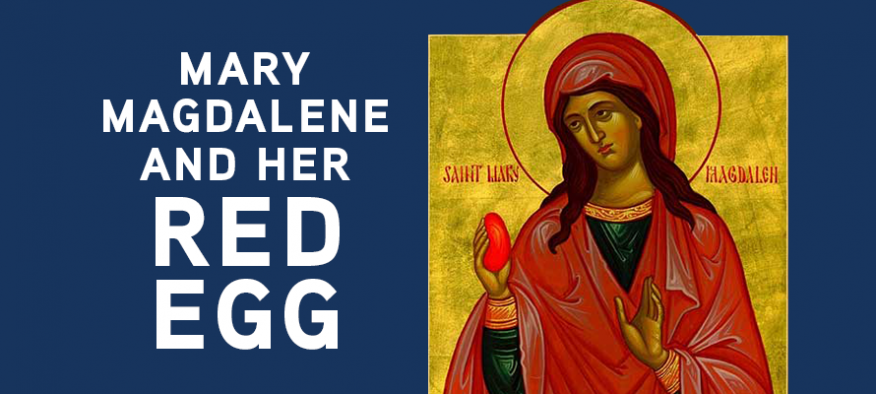




:quality(90)/cloudfront-us-east-1.images.arcpublishing.com/lanacionpy/FV6NBB3GRNGQXCHYVPLCPJBS3M.jpg)